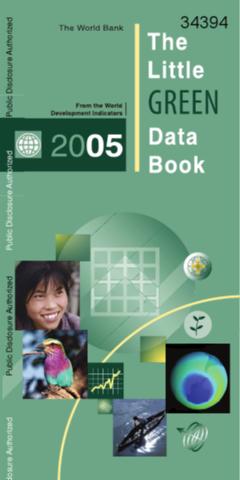Use of remote sensing and geographical information systems to estimate green space surface-temperature change as a result of urban expansion
A combined approach of remote sensing (RS) and geographical information systems (GIS) was used in this study to identify the impact on urban surface radiant temperature (SRT) of urban green-space change. Urban SRT increases as green-space area is converted into non-green-space area. Also, well preserved green space and newly connected green space contribute to a decrease of the SRT. Seoul Metropolitan area is rapidly expanding. Existing urban SRT studies have, however, mainly been conducted for Seoul City.





